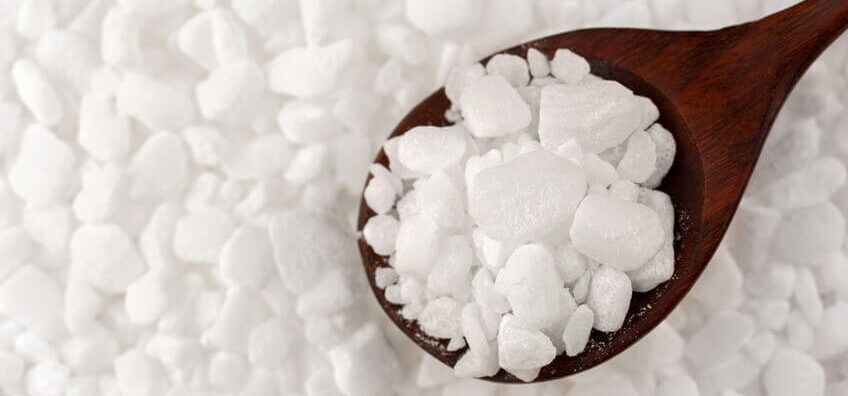What Is Magnesium Stearate?
You likely know that magnesium happens to be an essential mineral. Its presence is necessary to facilitate plenty of enzymatic reactions within the body. Also, magnesium is vital when it comes to synthesizing proteins, carbohydrates, and lipids.1
Stearic acid, on the other hand, can be naturally found in lots of different foods. Take olive oil, for instance. Stearic acid is the predecessor of oleic acid — a good-for-you fatty acid in olive oil.2 It is also often used in dietary supplements.
If you’re curious about where to buy magnesium stearate, you may not realize you’re buying it in several of the products you use every day. Magnesium stearate has been used in the food industry in the following ways:
- As an emulsifier
- As a binder
- As a thickener
- As an anticaking agent
- As a lubricant
- As a way to release therapeutic substances
- As an antifoaming agent3
Furthermore, you can find magnesium stearate in several types of food supplements, chewing gum, herbs, spices, and ingredients used for baking. You can also find magnesium stearate as an inactive ingredient in capsules, tablets, and powders.4
When used in food, magnesium stearate is manufactured in one of two ways:
- The process of fusion can involve the reaction of fatty acids with some source of magnesium, like using magnesium oxide to create magnesium salts in the fatty acids.
- In the precipitation process, sodium soap is made by reacting sodium hydroxide with fatty acids in water.5
History Of Magnesium Stearate
The story behind magnesium stearate is pretty impressive. In the 1940s, there were significant shortages due to World War II. Natural materials were hard to come by, and synthetic products like detergents were invented and sold. The synthetic detergents, made with magnesium stearate, could clean like soap, but they didn’t exhibit soap’s harmful properties. Magnesium stearate was also used in various lotions, deodorants, shaving creams, and ointments.6
Top Potential Health Benefits Magnesium Stearate
Stearates happen to be the most abundant type of saturated fat in the human diet. However, they do not usually pose the typical health threats associated with other kinds of saturated fats.7†
For many people, stearates make up several grams of their daily food intake. This is because they’re naturally present in almost every type of animal protein and vegetable fat.8
There have been several controlled human clinical trials in which magnesium stearate has actually been shown to help support heart health.9†
Another human study found stearic acid to be just as safe as the unsaturated ingredients oleic and linoleic acid. Those are the fatty acids found in “good-for-you” plant-based oils like olive oil.10†
Which Gundry MD Supplements Include Magnesium Stearate?
You’ll notice magnesium stearate on the ingredients lists for Gundry MD’s Bio-Complete-3, Citrus Polyphenols, and Total Restore supplements.
Bio-Complete-3 and Total Restore are formulated to help support healthy intestinal function and more comfortable digestion. Citrus Polyphenols blends potent phytochemicals to help support your energy and digestion.†
If you’re interested in learning more about Bio-Complete-3, Total Restore, or Citrus Polyphenols supplements, please take the time to check them out on the product website and consider the customer reviews. Just make sure to get your doctor’s approval before beginning any new supplement routine.
- Sources
- 1 https://www.ncbi.nlm.nih.gov/pmc/articles/PMC5655391/
- 2 https://www.jbc.org/content/240/1/54.full.pdf
- 3-5 https://www.ncbi.nlm.nih.gov/pmc/articles/PMC5655391/
- 6 https://www.encyclopedia.com/science/encyclopedias-almanacs-transcripts-and-maps/stearic-acid-0
- 7-10 https://www.jarrow.com/articles/28/The_Great_Magnesium_Stearate_Debate: _Clearing_up_the_Misconceptions


